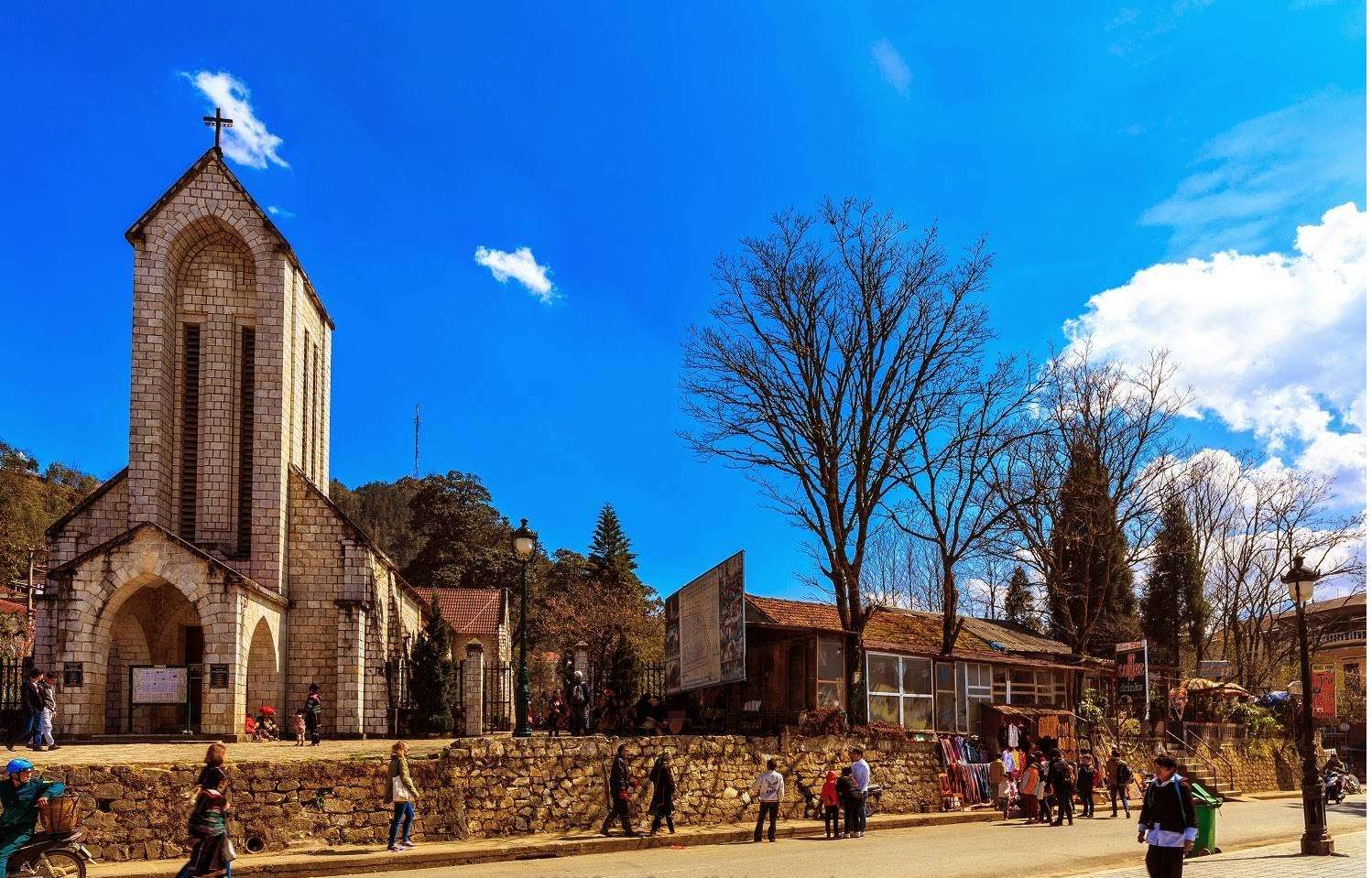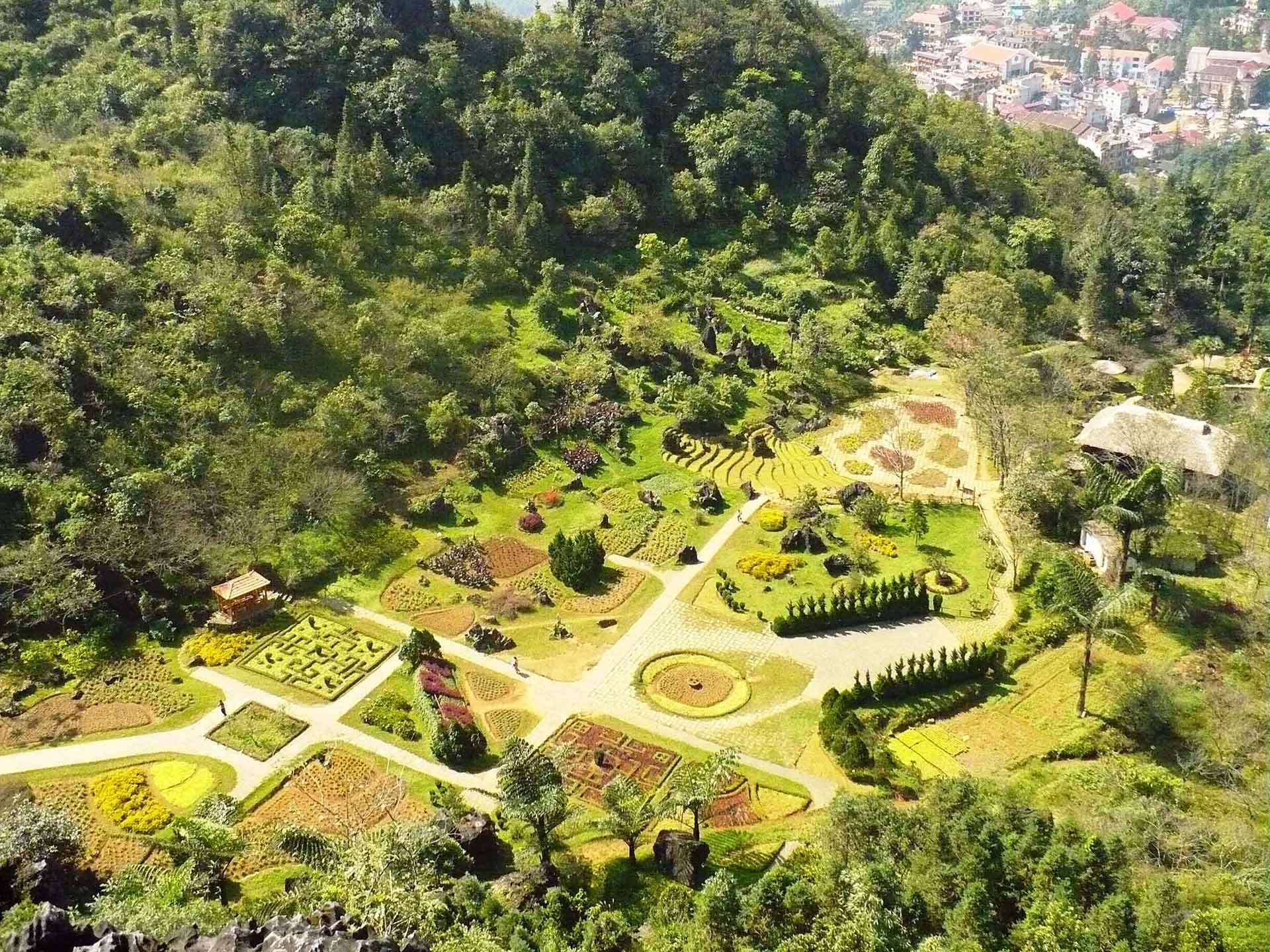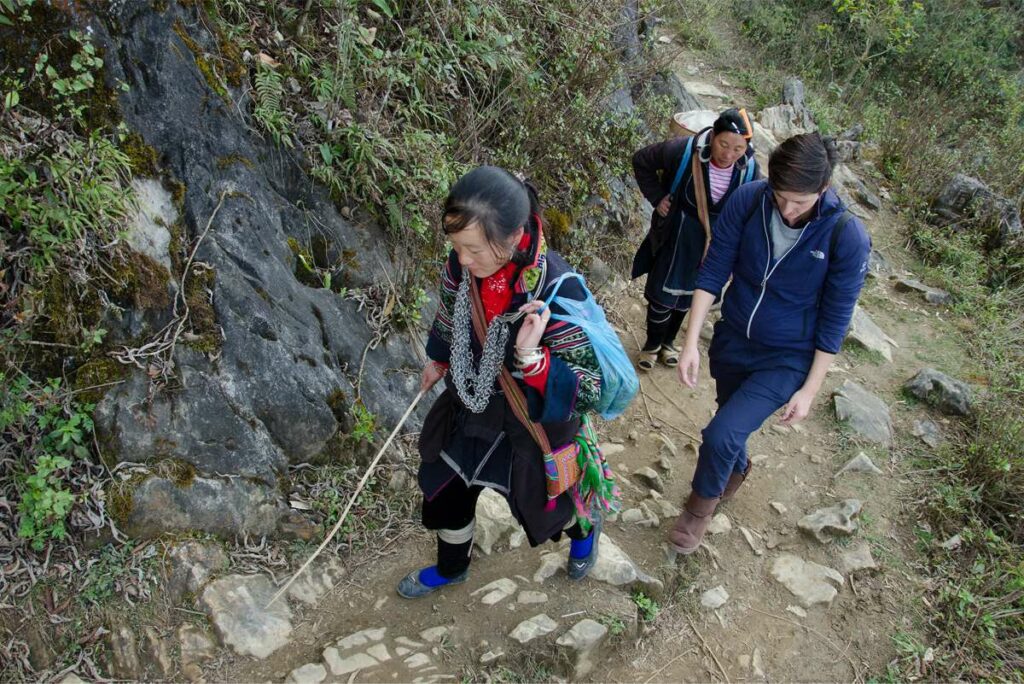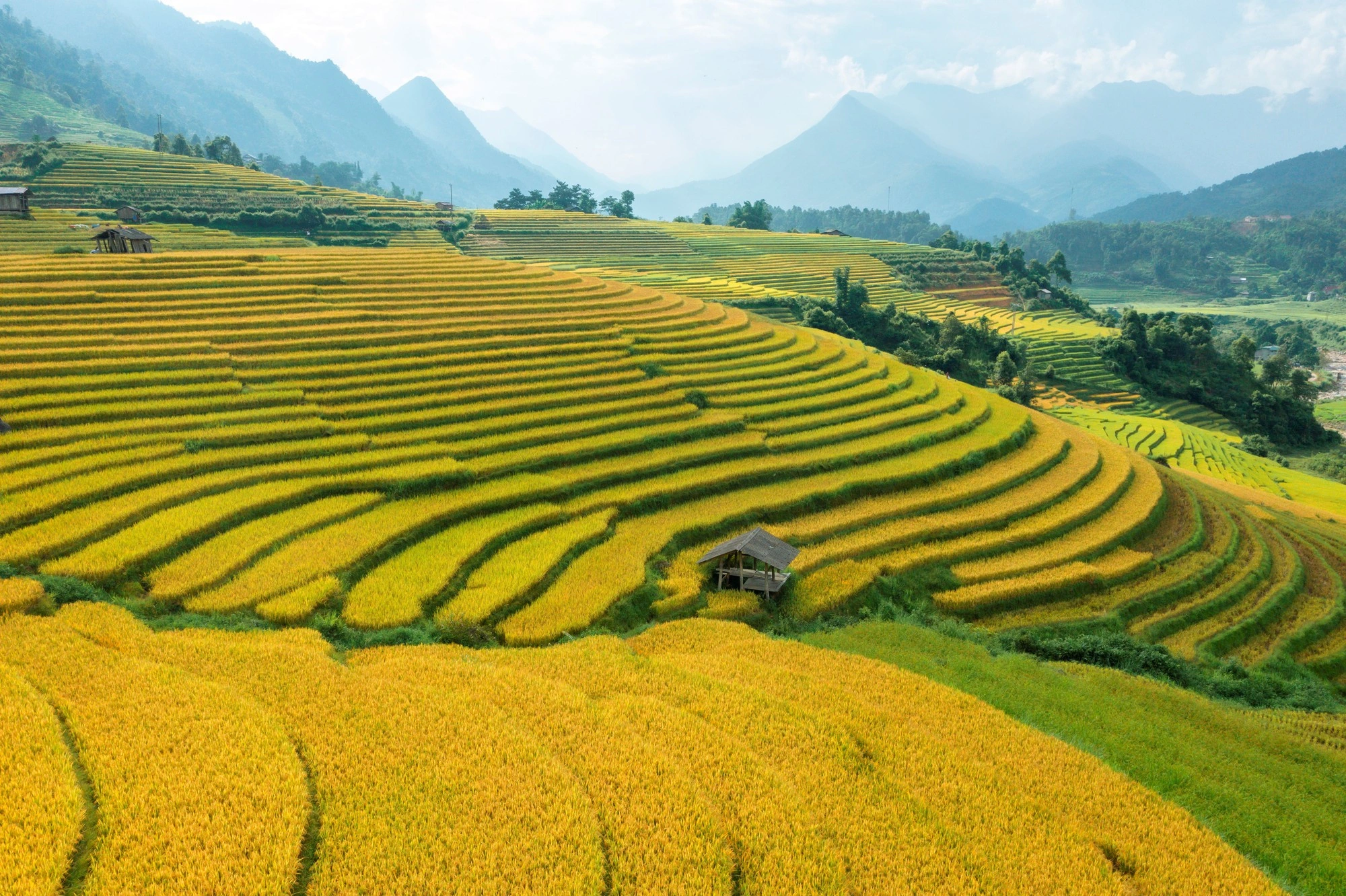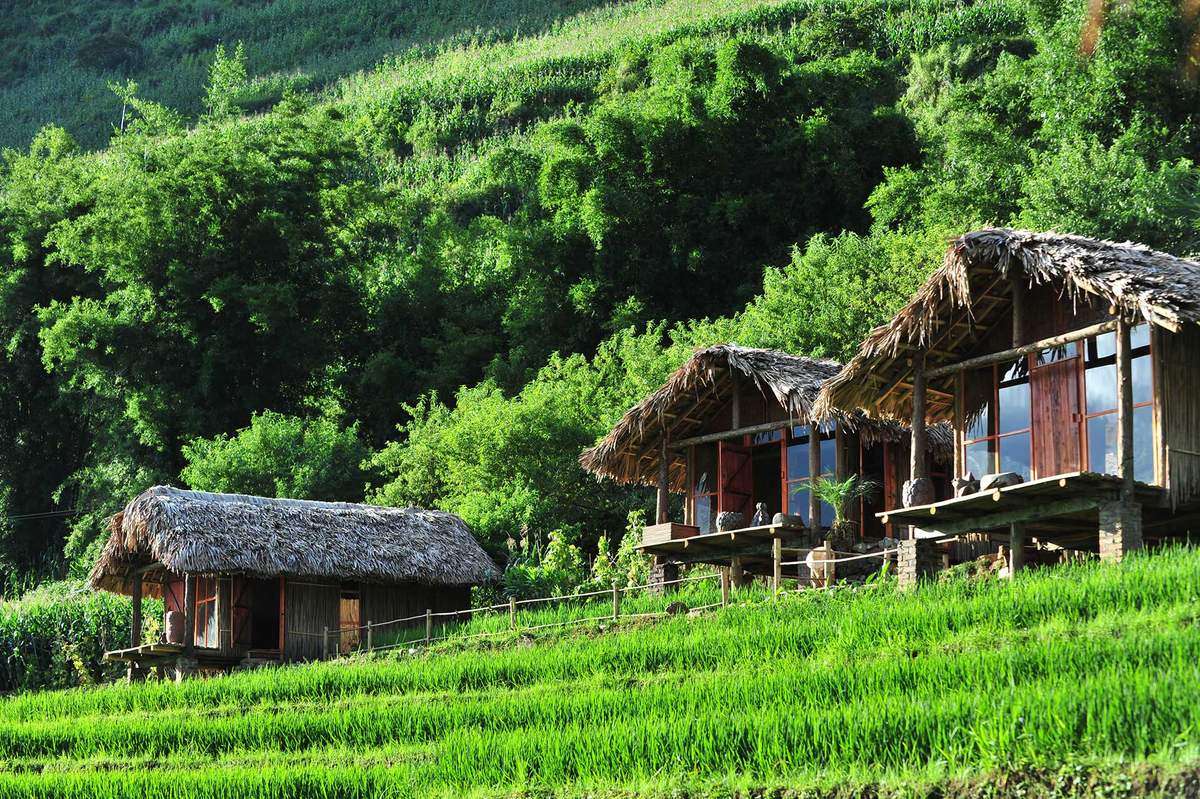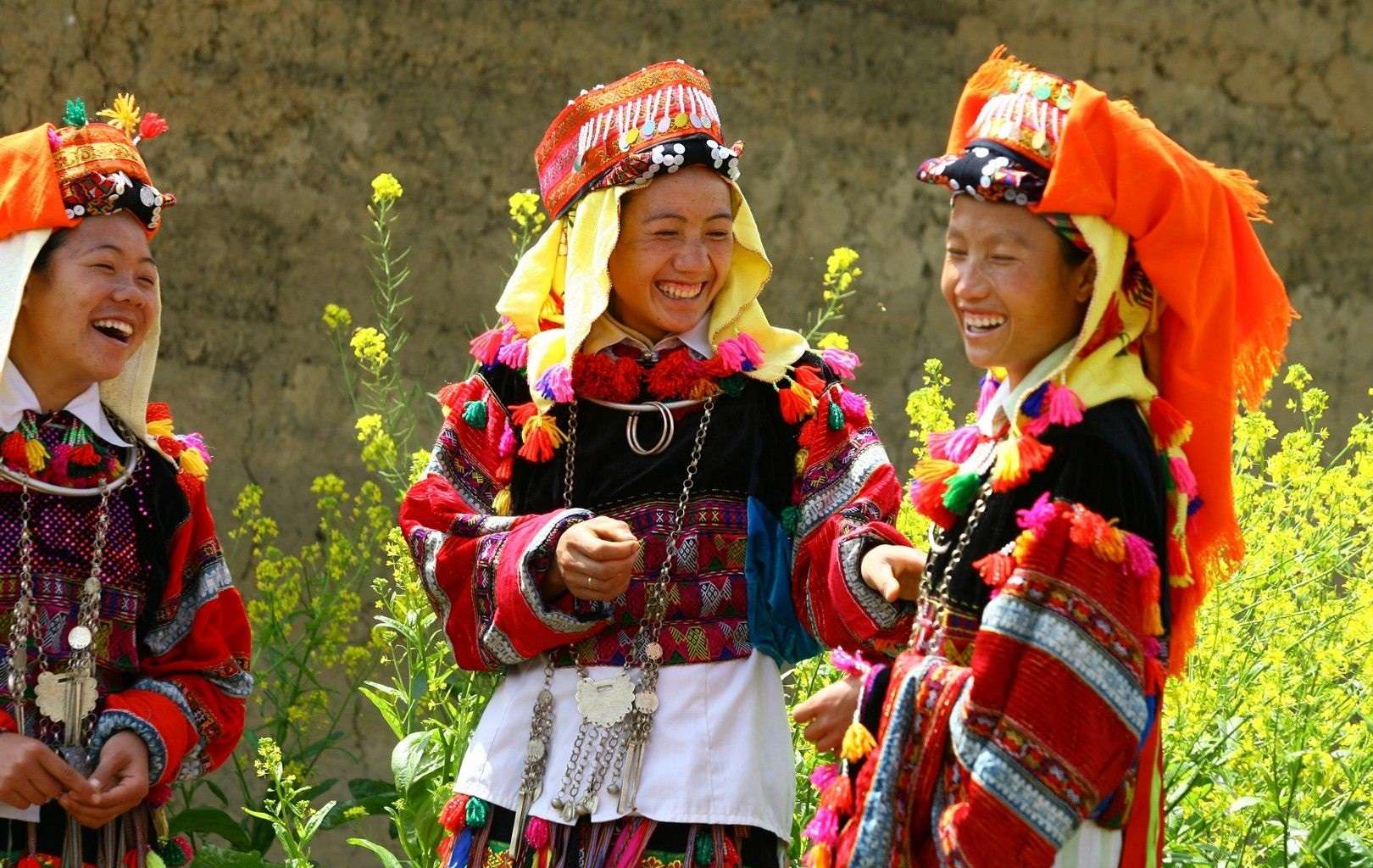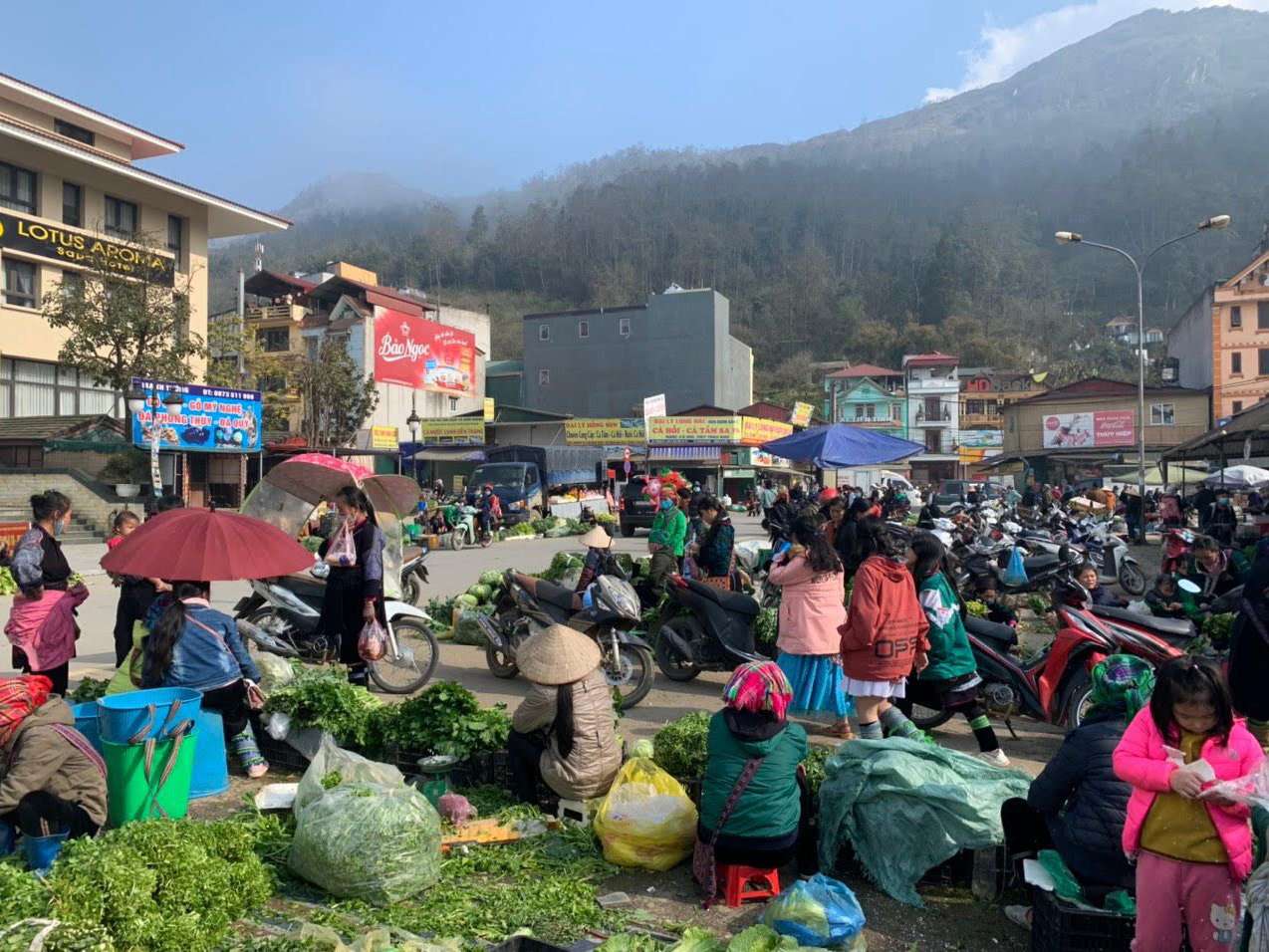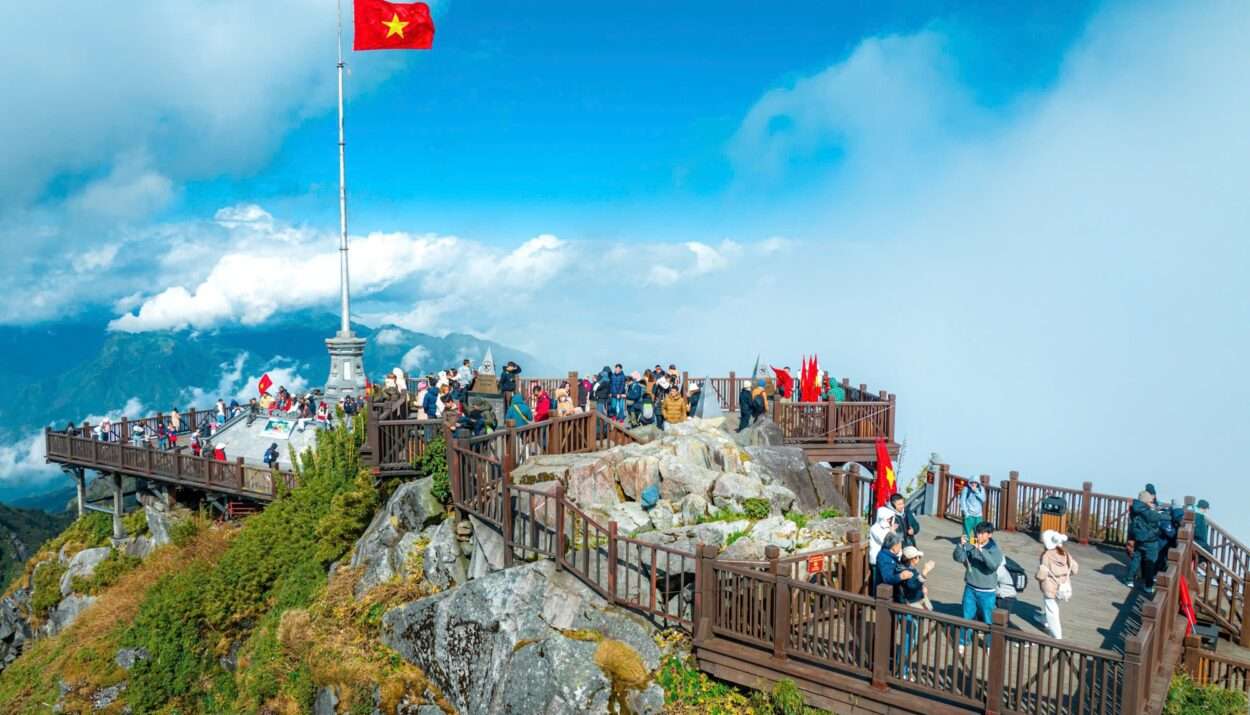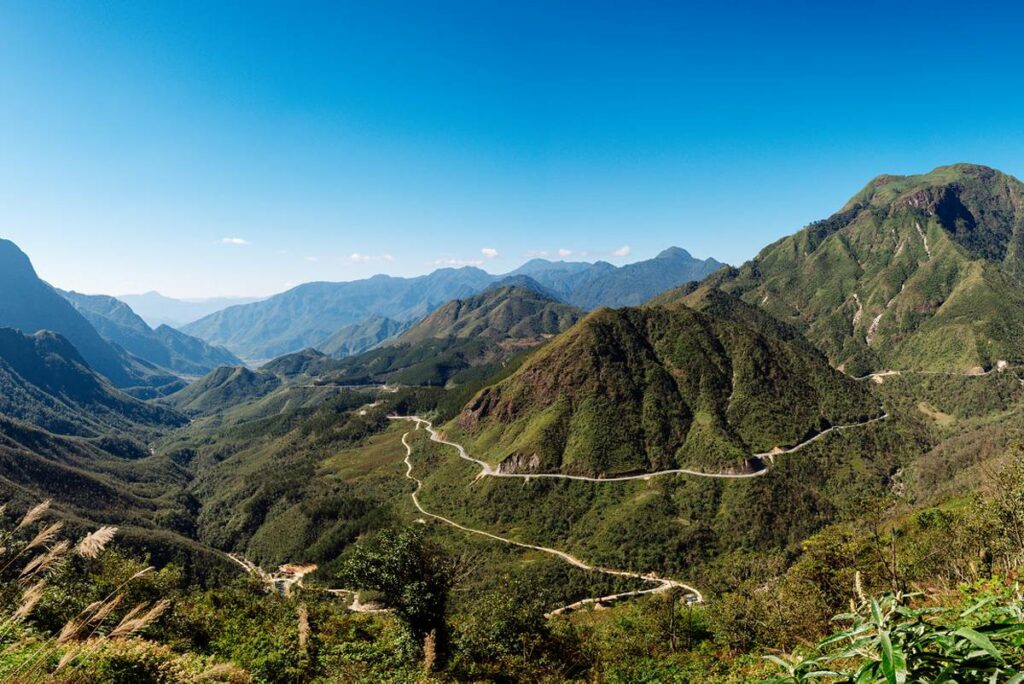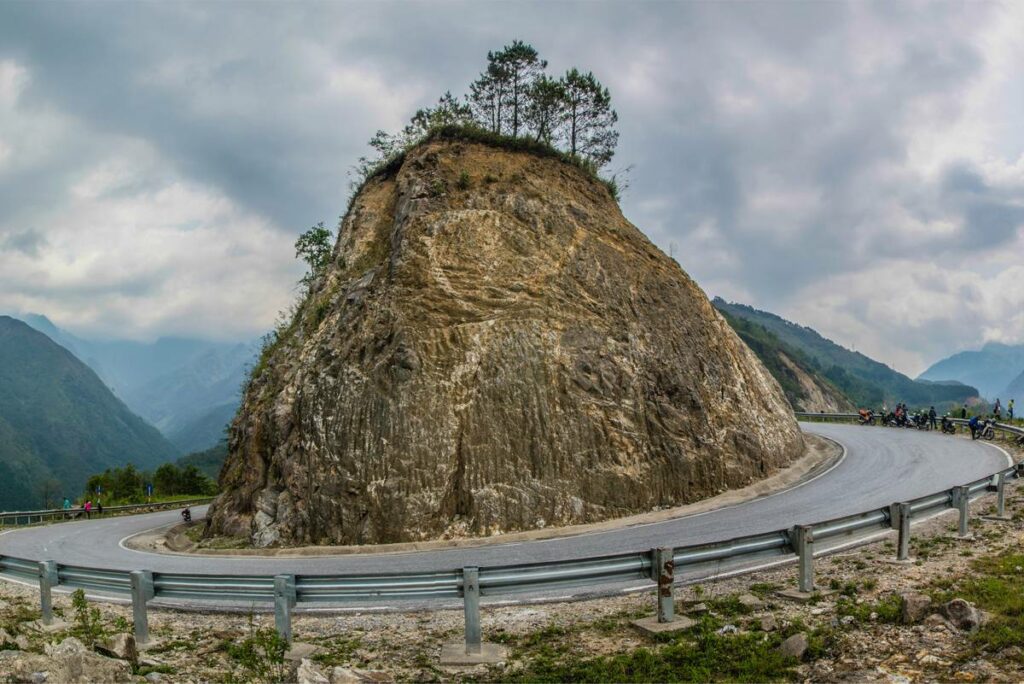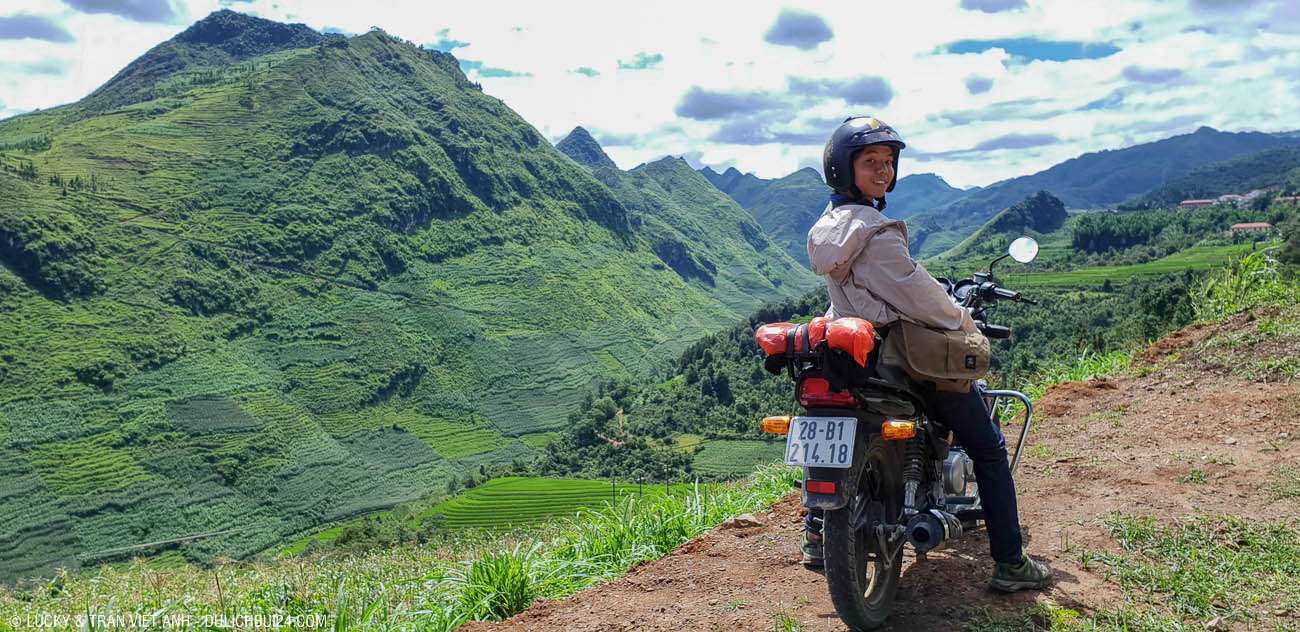Nestled at the foot of the majestic Hoang Lien Son mountain range and just a 5–6 hour drive from Hanoi via expressway, Sapa is an ideal year-round destination. While its terraced rice fields during harvest season often steal the spotlight, Sapa also captivates visitors with many other stunning attractions.
5 reasons to visit Sapa
- Make a trekking through the green rice terraces of the Muong Hoa Valley.
- Learn more about the culture and traditions of the local hill tribes.
- Climb or take the cable car to the highest mountain in Indochina: Fansipan.
- Explore the area by motorbike and drive over Vietnam’s highest pass: Tram Ton Pass.
- Visit a local colorful market.
1. The Best Time to Visit Sapa
Sapa’s cool climate makes it perfect for travel all year long. However, it’s best to avoid the stormy season from June to early August, when extreme weather can cause flash floods, landslides, and dangerous conditions.
From February to May, Sapa enters a vibrant spring, with cherry blossoms, peach trees, and plum blossoms in full bloom, painting the landscape in soft pinks and whites.
Summer (June to August) is a popular time for tourists to escape the heat of the lowlands and enjoy the cool air and lush green terraced fields stretching across the mountainsides.
During autumn (September to November), Sapa becomes truly enchanting with golden rice fields glistening under the soft sun, and the air beginning to turn crisp and chilly.
Winter (December to February) brings the coldest months. If you’re lucky, you might even witness snowfall or frost covering the mountaintops—a rare and magical sight in tropical Vietnam.
What is the best month to visit Sapa?
The best time to visit Sapa is from March to May or from September to November. During these months, Sapa features mild weather and a pleasant atmosphere with warm sunlight during the day and cool climate in the evening. Particularly from March to May, you can also enjoy the sight of vibrant flower valleys and lush green vegetable fields. This provides an excellent opportunity to participate in outdoor activities and experience the natural beauty of Sapa.
2. How to Travel to Sapa
After learning about “Where is Sapa in Vietnam?”, you should gather more information on how to travel to Sapa. Typically, international visitors will fly to Vietnam and then begin their journey to Sapa. Usually, international travelers will fly to Noi Bai Airport in Hanoi and then choose from various transportation options to Sapa.
Traveling by Coach

The coach is the most popular mode of transportation to Sapa chosen by many travelers due to its safety and time efficiency. There are numerous long-distance coach services operating from various provinces in the delta to Sapa, allowing travelers to choose a reasonably priced option.
Traveling by motorcycle or personal car
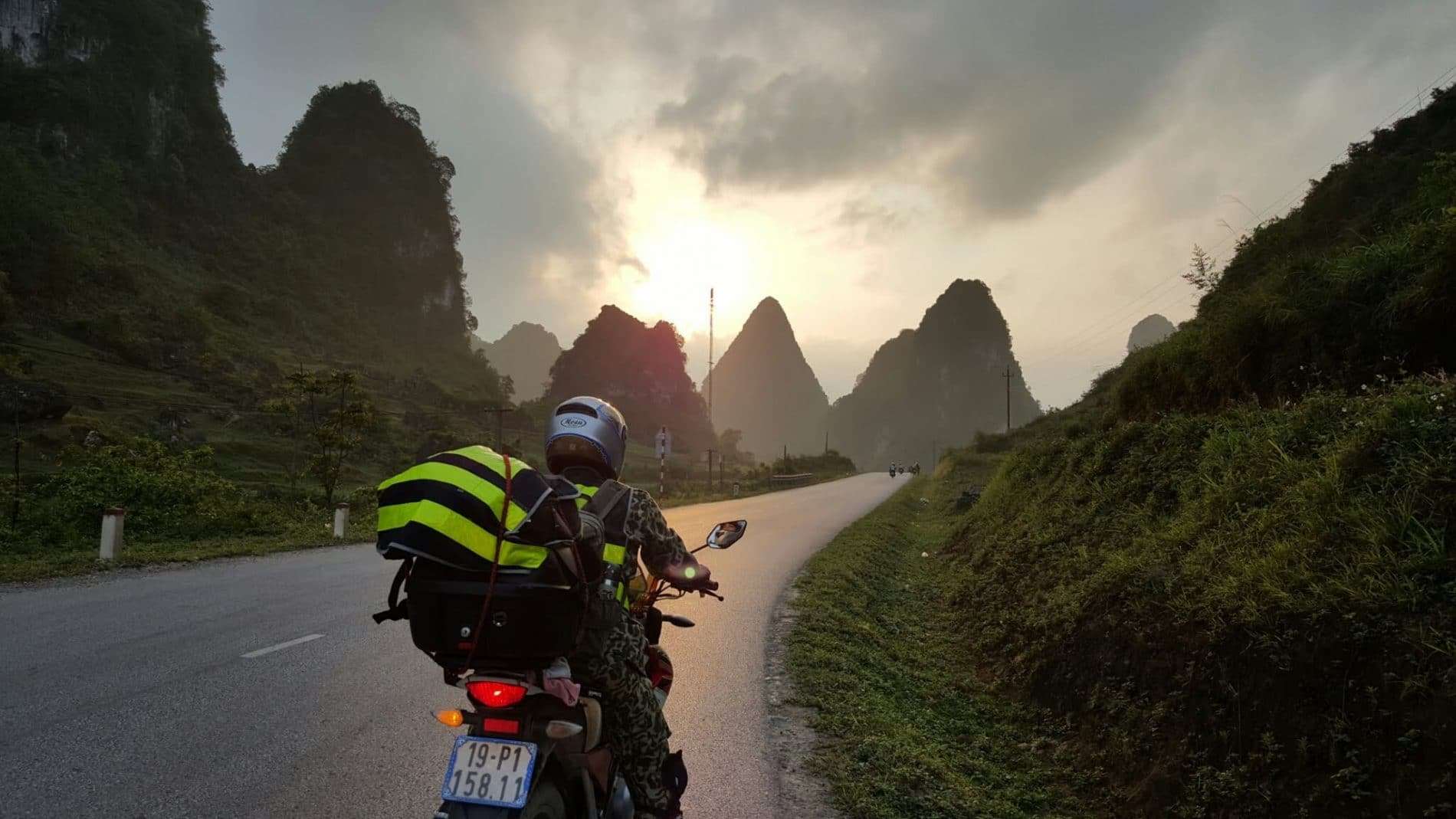
Traveling by motorcycle or personal car allows tourists to be more independent and flexible. However, this mode of transportation is not really suitable for foreign tourists. The route from Hanoi to Sapa is quite challenging, so it is not safe for tourists to drive themselves. If tourists are accustomed to long-distance driving and can handle rugged terrain, they may choose this mode of transport for a new experience.
Traveling by train
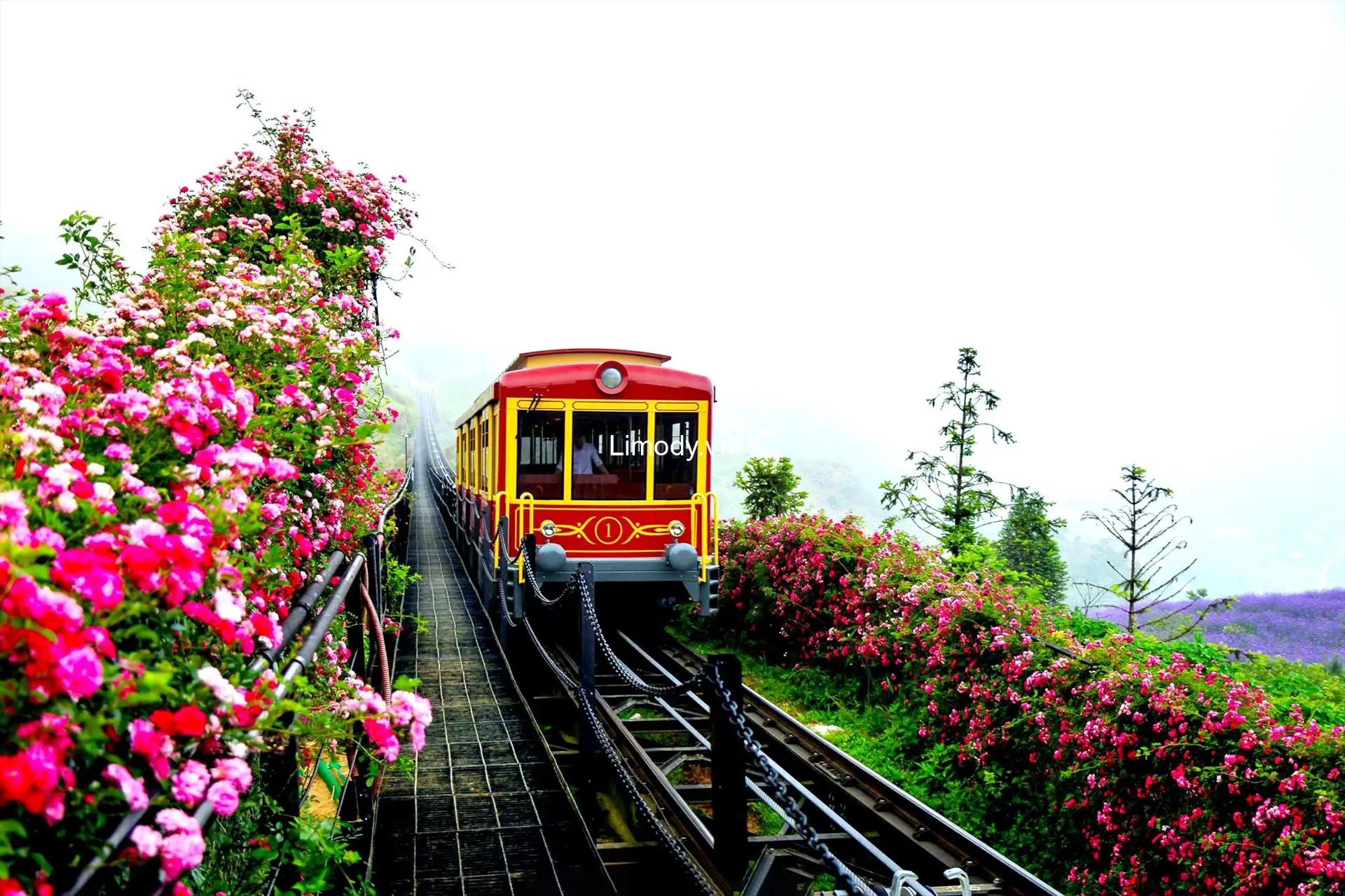
Taking a train to Sapa is also a popular choice. If traveling by train, tourists will depart from Hanoi station and arrive at Lao Cai station. From Lao Cai station, you can take a taxi to the town of Sapa.
3. Cultural Diversity
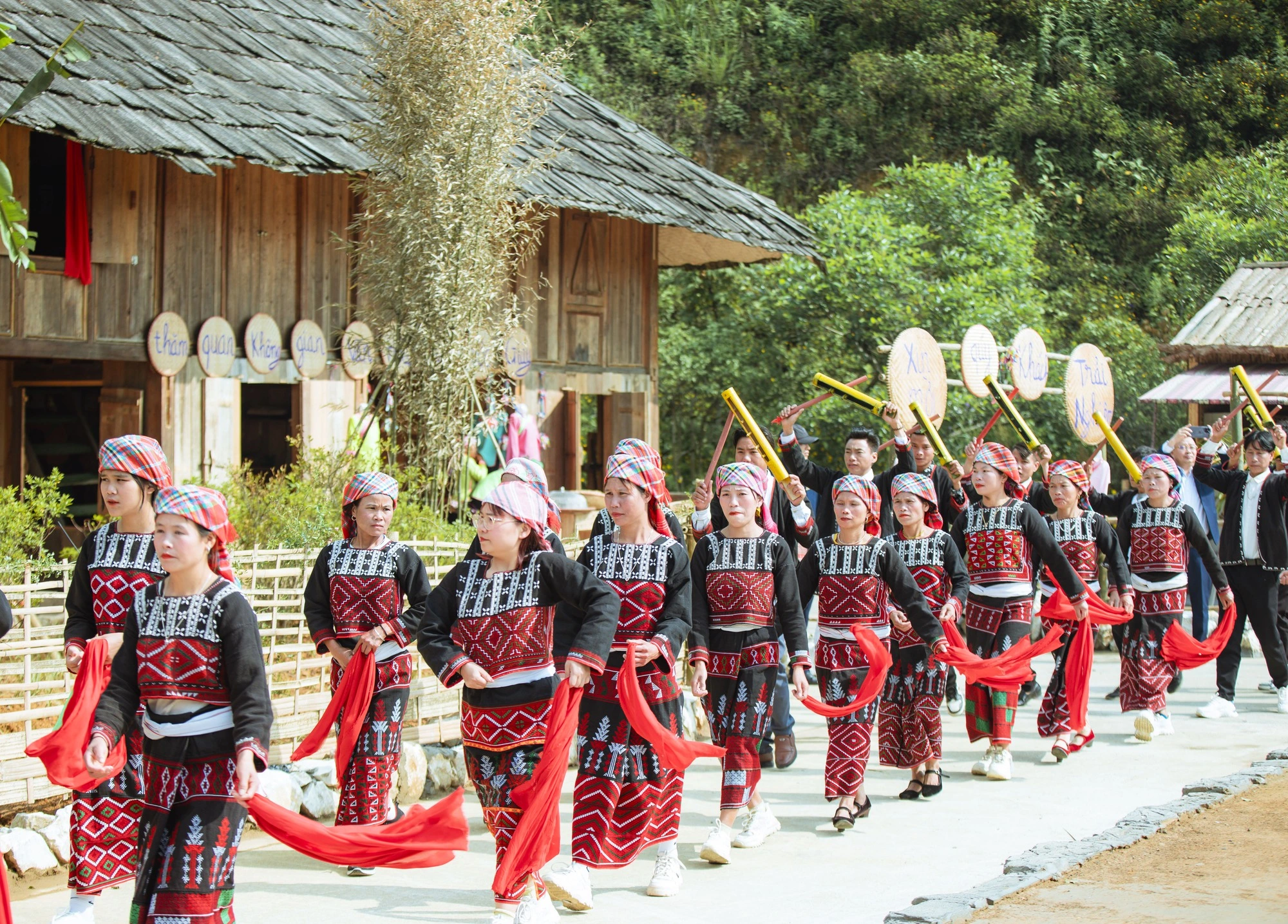
Sapa is not only renowned for its stunning natural scenery but also for the unique cultural aspects of its many ethnic minorities. Visitors have the opportunity to explore the distinctive cultural traits of ethnic groups such as the H’Mong, Dao, Tay, and many others.
One of the cultural highlights in Sapa is the local market, a bustling hub of buying, selling, and trading goods, and a meeting place for both locals and tourists. The local market is always crowded, offering an exciting experience for foreign visitors. It’s not just a place for shopping but also an opportunity to immerse in and learn about the culture, customs, and practices of the ethnic minorities.
Besides the local markets, market sessions are also popular attractions for visitors. At these markets, local people bring their handicrafts for trade and sale. Strolling through and participating in these markets not only provides shopping opportunities but also chances to interact, converse with the locals, and learn more about Sapa’s unique culture.
